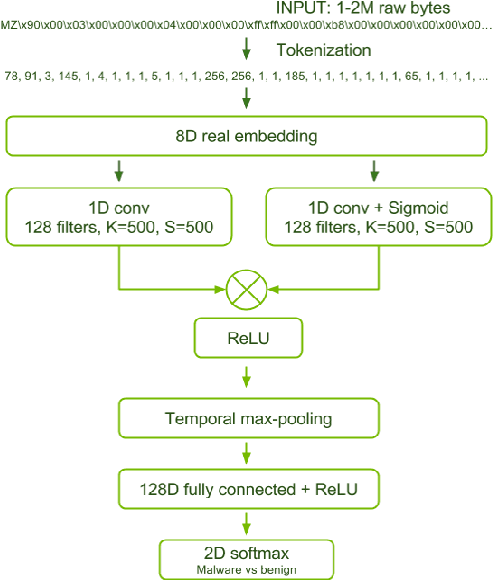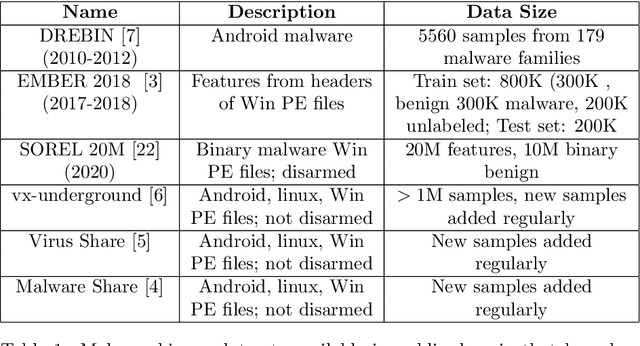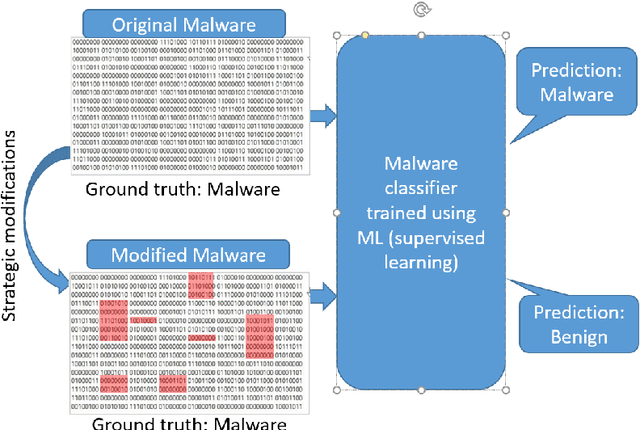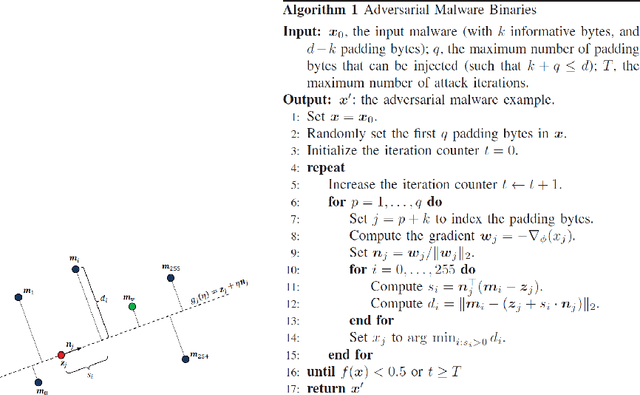A Comparison of State-of-the-Art Techniques for Generating Adversarial Malware Binaries
Paper and Code
Nov 22, 2021



We consider the problem of generating adversarial malware by a cyber-attacker where the attacker's task is to strategically modify certain bytes within existing binary malware files, so that the modified files are able to evade a malware detector such as machine learning-based malware classifier. We have evaluated three recent adversarial malware generation techniques using binary malware samples drawn from a single, publicly available malware data set and compared their performances for evading a machine-learning based malware classifier called MalConv. Our results show that among the compared techniques, the most effective technique is the one that strategically modifies bytes in a binary's header. We conclude by discussing the lessons learned and future research directions on the topic of adversarial malware generation.
 Add to Chrome
Add to Chrome Add to Firefox
Add to Firefox Add to Edge
Add to Edge